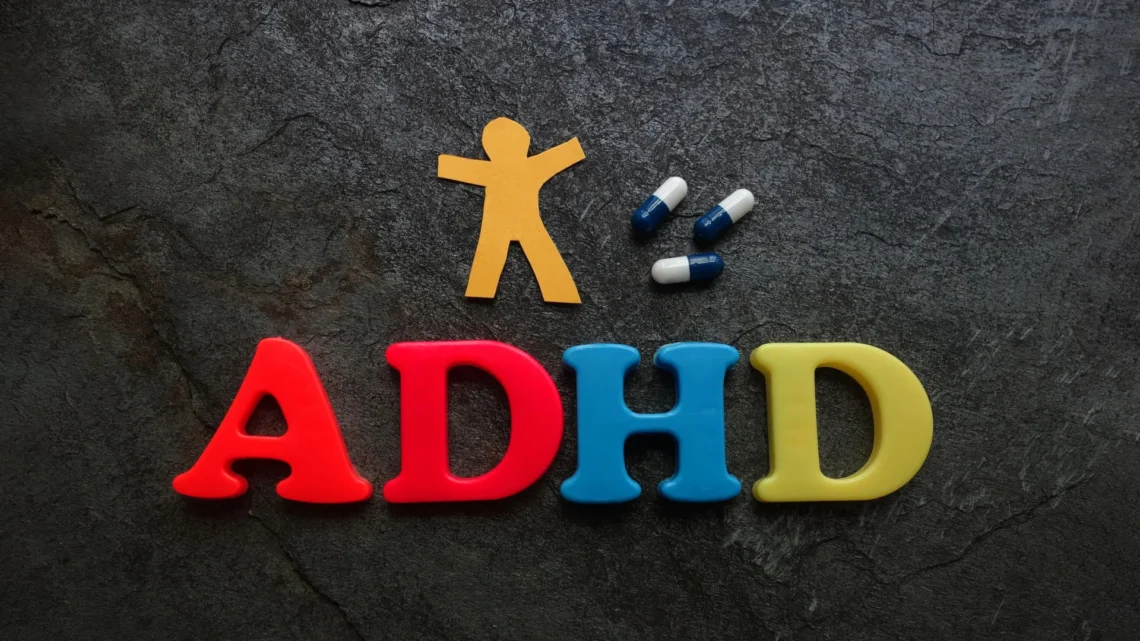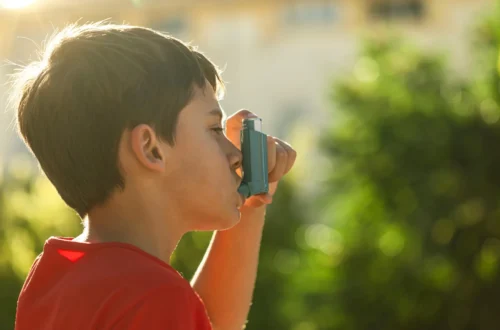A recent study led by Stanford Medicine reveals that young children diagnosed with attention deficit/hyperactivity disorder (ADHD) frequently receive medication immediately after diagnosis, which is inconsistent with treatment guidelines provided by the American Academy of Pediatrics.
Study Overview
This finding, published on August 29 in JAMA Network Open, underscores a significant gap in medical care for children aged 4 and 5 with ADHD. Current treatment guidelines recommend that families engage in six months of behavioral therapy before considering the initiation of ADHD medication.
Research Findings
According to the analysis of medical records from nearly 10,000 young children with ADHD across eight pediatric health networks in the United States, many pediatricians prescribe medication promptly upon diagnosis.
“We found that many young children are being prescribed medications very soon after their ADHD diagnosis is documented,” stated Dr. Yair Bannett, lead author of the study and assistant professor of pediatrics. “This is concerning because evidence indicates that beginning treatment with a behavioral approach is beneficial, offering significant positive effects on the child and their family.”
Moreover, it was noted that stimulant medications can lead to more adverse side effects in younger patients compared to older children. Children under the age of 6 metabolize these drugs less effectively.
“While we don’t have concerns regarding the toxicity of these medications for 4- and 5-year-olds, the probability of treatment failure is high, as many families find that the side effects overshadow the benefits,” he elaborated. Stimulant medications may exacerbate irritability, emotional instability, and aggression in young children.
Implications of ADHD
ADHD is a developmental disorder characterized by hyperactivity, inattention, and impulsive behavior.
“Early detection is crucial because these children are at an elevated risk of academic challenges and may struggle to complete their education,” Dr. Bannett remarked. Effective early identification and treatment for ADHD have been shown to enhance academic performance. Research indicates that proper treatment also better equips individuals with ADHD for various aspects of adulthood, including maintaining employment, fostering successful relationships, and avoiding legal issues.
Complementary Treatments
Behavioral therapy and medication represent the two primary approaches for ADHD treatment, each serving distinct roles.
“Behavioral treatment focuses on modifying the child’s environment, including parental behaviors and the child’s routine,” explained Dr. Bannett. This therapy aids parents and children in developing skills and habits that align with the child’s cognitive style.
The American Academy of Pediatrics recommends evidence-based behavioral treatment known as parent training in behavior management. This training fosters positive relationships between parents and children, assists in rewarding desirable behaviors while minimizing attention to negative actions, and suggests resources that help children with ADHD, such as visual scheduling for organization.
Contrastingly, medication is designed to alleviate symptoms associated with ADHD, such as hyperactivity and inattentiveness, though its effects diminish as the body processes each dosage.
Need for Behavioral Treatment First
Research indicates that both medication and behavioral therapy are essential for the majority of children diagnosed with ADHD. However, prior studies concerning preschoolers diagnosed at ages 4 or 5 have shown that initiating treatment with six months of behavioral therapy before resorting to medication is most effective.
Rapid Prescriptions and Challenges
The researchers evaluated electronic health records for children aged 3 to 5 years who had been seen by their primary care physicians at least twice over a minimum of six months between 2016 and 2023. Out of an initial sample of 712,478 records, they identified 9,708 children with an ADHD diagnosis, representing 1.4% of the total.
Alarmingly, they found that 42.2% of the diagnosed children—over 4,000—were prescribed medication within a month of their diagnosis. Conversely, only 14.1% received medication more than six months later. Although the study did not collect data on referrals to behavioral therapy, the timing of prescriptions suggests many children were not receiving treatment according to the academy’s guidelines. A smaller study in 2021 reported that only 11% of families adhered to these guidelines.
Children diagnosed with ADHD were more likely to receive medication within the first 30 days than those whose charts initially indicated mere symptoms, receiving formal diagnosis later. Even among preschoolers who did not fully meet the criteria for ADHD, 22.9% were still prescribed medication within 30 days.
Barriers to Behavioral Treatment
Due to the observational nature of their analysis, the researchers could not directly inquire about the rationale behind the physicians’ treatment decisions. However, informal discussions indicated that access to behavioral treatment often poses a significant barrier.
Dr. Bannett noted, “Many areas lack sufficient therapists to provide behavioral treatment, or insurance coverage may be inadequate. As a result, some doctors prefer to prescribe medication, viewing it as a better option than offering no treatment at all.”
He aims to educate primary care pediatricians on how to address this gap effectively. Easily accessible, low-cost online resources can aid parents in understanding the principles of behavioral approaches.
While the study concentrated on the youngest ADHD patients, behavioral management therapy also benefits older children with the diagnosis.
“For children aged 6 and above, both treatments are recommended, as behavioral therapy equips the child and family with long-lasting skills that are vital for everyday life,” Dr. Bannett concluded. “Medication should never be viewed as the sole solution for ADHD.”
Collaboration and Support
Researchers from several institutions, including the Children’s Hospital of Philadelphia and the University of Pennsylvania, contributed to this study, which was funded by the Stanford Medicine Maternal and Child Health Research Institute, the National Institute of Mental Health, and the National Heart, Lung, and Blood Institute.
Key Health Takeaway
It is crucial for young children diagnosed with ADHD to undergo behavioral therapy for six months before medication is considered, as this approach minimizes potential side effects and promotes better long-term outcomes for both children and their families.





